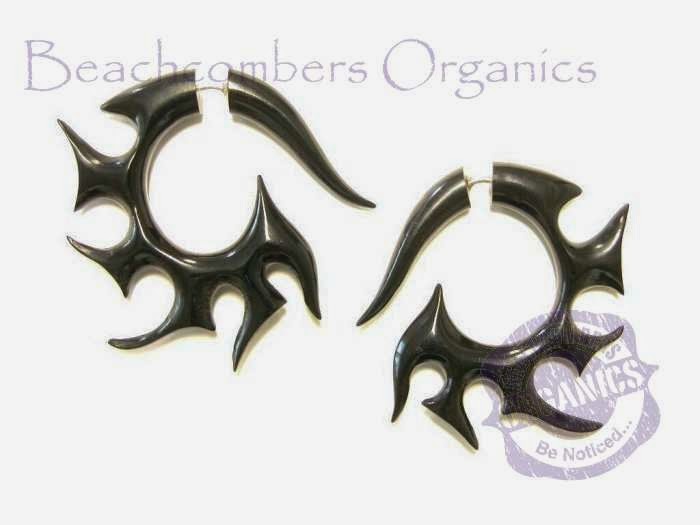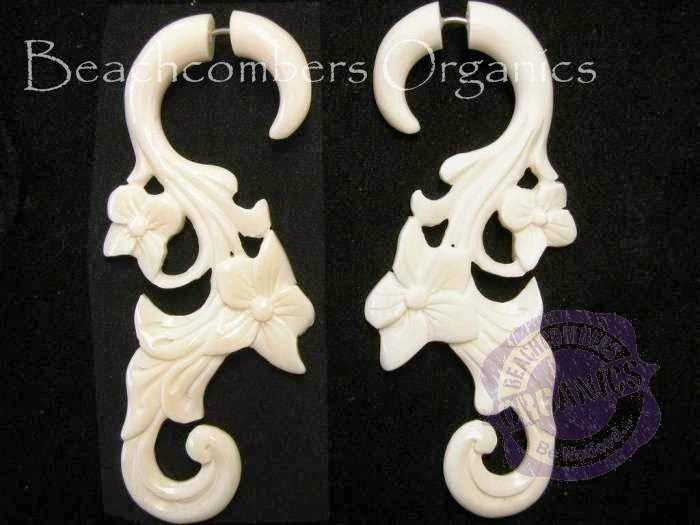 |
| Soft flexible henna paste with sugar |
Adding sugar in your henna? We're not going to eat it are we? No, we are not going to eat our henna, but adding sugar to your henna mix can be helpful, especially if you are in a dry climate.
Let's start with a quick rundown of the basics of mixing henna powder.
*Detailed instructions to
mix henna powder are here.
Technically you only need a good quality henna powder (like the current crop of
Organic Rajasthani henna...AWESOME!!!!) and liquid (lemon juice is my preferred liquid for a stable long-lasting henna). Though it's not absolutely needed,
high quality essential oils are highly encouraged.
- Quality Henna Powder
For henna to be used on the skin, you must use fresh high-quality body art quality henna (BAQ). Never use hair henna and never use random henna powder that you find at a grocery store. Hair henna is a lower quality henna powder and nearly always has metallic slats or chemicals added to it (even if it claims to be all natural). Random henna powder from a questionable source is rarely stored properly and therefore not fresh.
- Lemon Juice
Obviously, you need some sort of liquid to make your henna powder into a paste. Lemon juice is a great acidic liquid that allows the lawsone dye molecules to be released from the henna in a slow controlled fashion. A nice slow controlled dye release leads to a stable henna paste that doesn’t demise too quickly.
You can use water, but it will cause the dye to release quickly leading to a less stable henna. Water is a good option if you need to mix henna in an emergancy becuse it cuts dye release time in half.
- High Quality Essential Oils (Lavender & Tea Tree)
Both lavender and tea tree
oils have monoterpene alcohols which will help release more of the
lawsone dye in henna resulting in a darker stain. Adding these oils also
adds a lovely scent to your henna. Essential oils are very strong. Use
the minimum amount of oil you need to create a good mix. Never add more
than 1 ounce of oil per 100 grams of henna.
 |
| Notice the henna is not cracking and falling off even on a "bendy" area like this? |
So let's talk about sugar. What kind of sugar are we talking about here? You can use a number of different types of sugar but the easiest and most common type of sugar for henna is regular old table sugar. Raw sugar is fine as well, but don't use powdered sugar as it has an anti-caking agent that can interfere with your henna. If you really want to get creative, fructose or small amounts of molasses will work too, but if you are new to mixing henna, start with plain white table sugar.
What does sugar do for your henna?
One of the most common issues with henna that I hear is the henna
cracking and falling off the skin too early. As you know, leaving the
henna on the skin as long as possible will yield substantially longer
lasting and darker henna stains (ideally 4 hours or more). If the henna
is falling off in 20 minutes you will see poor stain results.
- Allows henna paste to dry slower
- Helps henna stick to the skin better
- Makes the henna more flexible so it doesn't crack as much
- Often means there is no need to "seal" your henna design
- Creates a stringier texture to your paste (great for draping clean henna lines)
 |
| Great henna stain color using henna paste with sugar and no sealer |
Convinced? Great! Let's talk about the specifics of adding sugar to your henna paste.
First and foremost, sugar is not a solid, sugar is a liquid! Yes, you read that right, sugar is a liquid when added to your henna paste. Just like when you add sugar to your lemonade or tea, the granular sugar that you add, melts into a liquid when you stir it. This is important because
adding sugar will thin your henna. This means you should be working with a henna that is too thick to use when you add sugar. If your henna is the perfect texture and then you add sugar, your henna paste will be too thin.
How much sugar do you add? That depends. Personal preference and humidity levels are key to how much sugar you add. Start small and work your way up. The more humid the climate, the less sugar you add. Here in Florida I'd never add more than 1 Tablespoon of sugar per 100 grams of henna powder, but I've heard of people in other areas of the country who add up to 1/4 cup of sugar! Yikes!
Experiment!Experiment to find what works for you. Take a batch of henna and mix it extra thick adding powder, lemon juice, and oils. Divide it into multiple batches, say 2-4 batches. Add a different amount of sugar to each batch and use them. Be sure to keep track of which batch is which!* Which do you like better? A little sugar? Tons of sugar? No sugar?
There is no right or wrong, it's about what YOU like! Let me know your results.
*A great way to keep track of different batches of henna is to cone them up in different color/patterned cones. We also offer at least 4 different styles of
cellophane triangles to roll your own cones.
Henna On!
Jody




